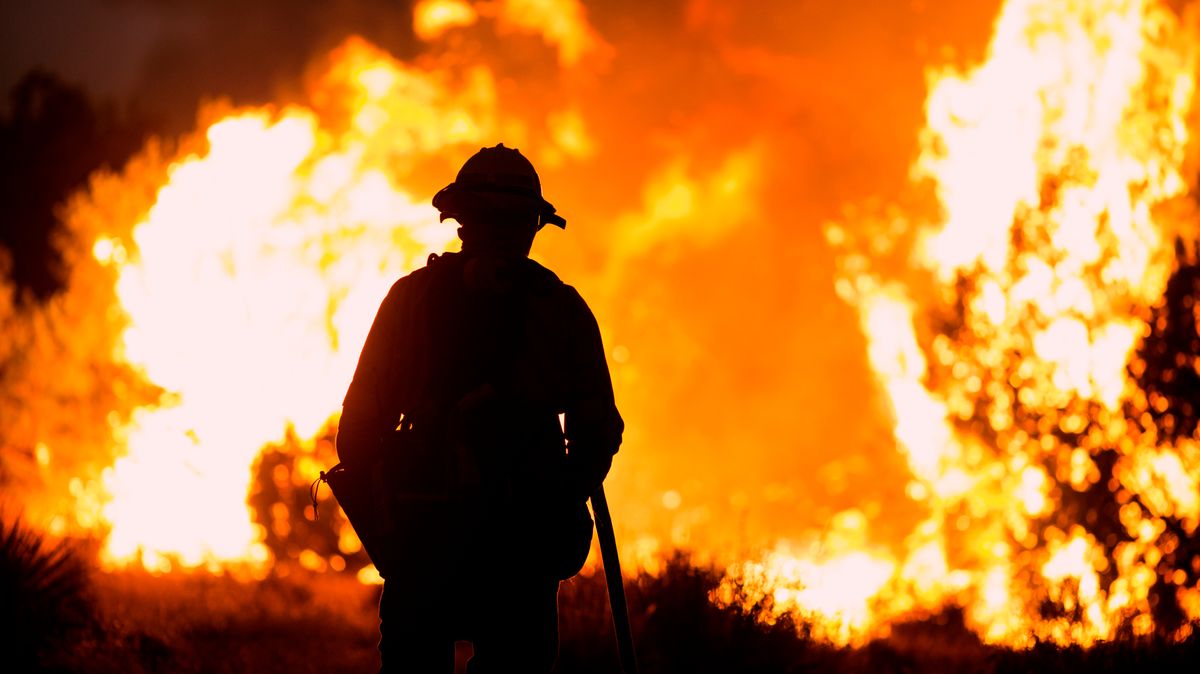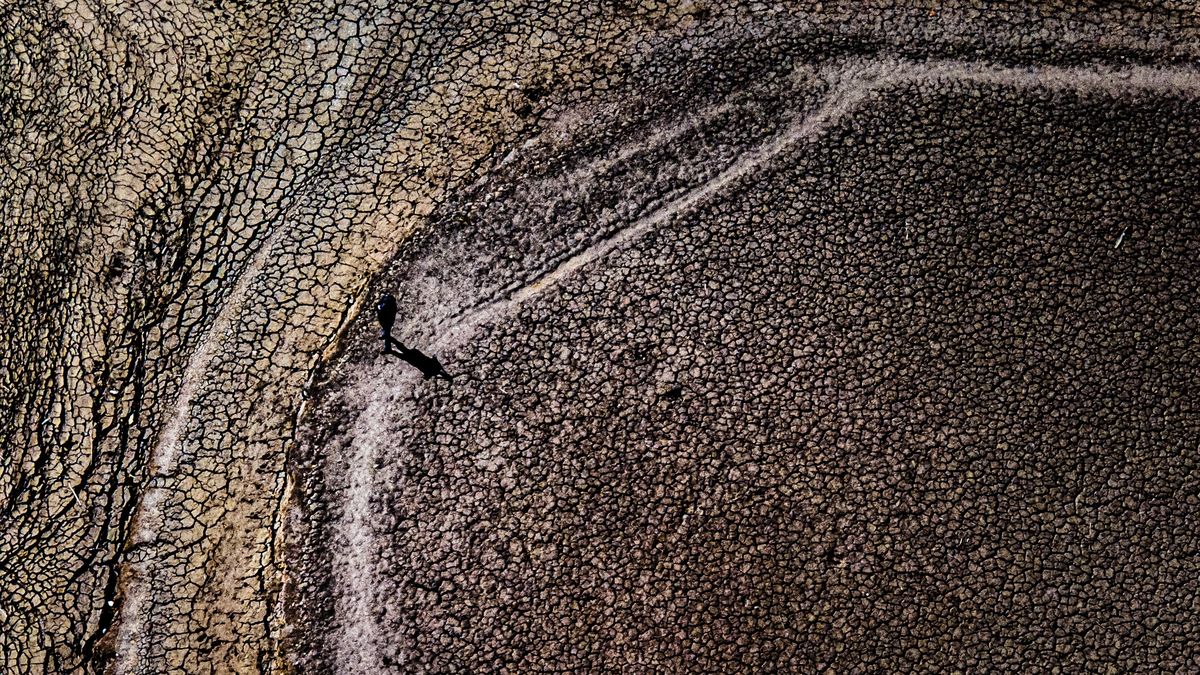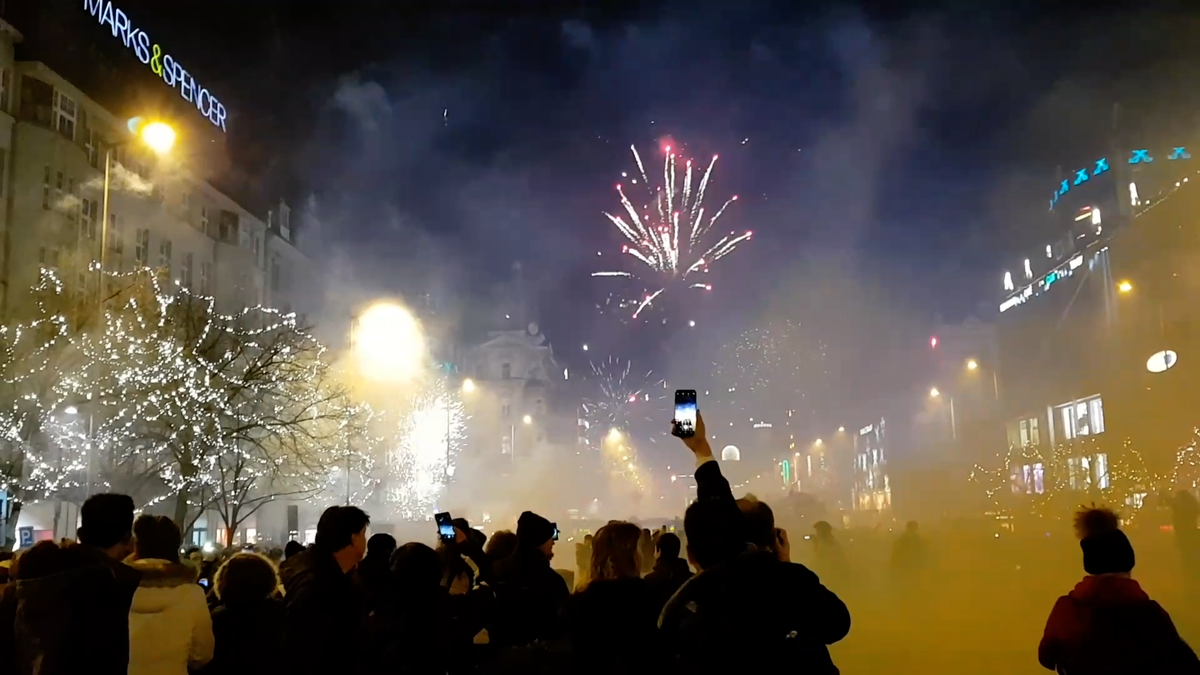Italian Tuscany, French Gironde department, Spanish Aragon. Just a few examples of areas hit by massive forest fires this year. British firefighters recently said that the last time they went out was during the Second World War.
In less than seven months, the most fires have occurred in Europe since the indicator was monitored by the European Forest Fires Reporting System (EFFIS). He also issued an extreme fire hazard warning for 19 countries on Wednesday.
Therefore, the number that records the cumulative number of fires in Europe is likely to increase. It currently stands at 1,899, seven higher than its all-year high. Any fires in the next five months will only add to the record.
Even now, there are also well above average fire areas left by large fires. While the average 2006-2021 per calendar year is 350.5 thousand hectares, this year EFFIS has recorded nearly 450 thousand hectares of land burned.
How major fires developed in Europe from June 13 to July 20 is illustrated in the video below.
Server founder Climate facts Ondráš Přibyla points out that climate change significantly affects the frequency and extent of fires. “Climate change is quite clearly increasing and intensifying the weather that is suitable for the occurrence and spread of fires. This happens especially during heat waves, which dry out the landscape within a few days, and then fires can spread quickly,” he said.
Romania reported the biggest difference from the normal situation this year. While fewer than 50 fires in the natural environment typically affect the country per year, this year at the end of June, there were fifteen times as many. This year is guaranteed to be an above average year for Spain and France as well. On the other hand, Italy still has a theoretical chance of getting into the average.
Unsurprisingly, Romania also leads in how many countries are affected by the fires. This value already exceeds half a percent (over 149 thousand hectares), which is more than the average for other EU countries except Portugal. In Croatia, for example, this year’s incinerators were twice as much as usual, while Portugal, on the other hand, halved. In this country, fires routinely burn large areas of land.
The founder of the Climate Facts initiative believes that multiple fires will not be common in the future. “There’s still a lot of forest that can burn, and the weather that supports fires will become stronger as the climate changes,” says Seznam Zprávám Přibyla.
There are more fires this year around the world. “We have data on increasing numbers of fires from different parts of the world: southern Europe, the United States, the Siberian forests and Australia. In the case of southern Europe and the United States, the relationship with climate change, for example drought and hot weather, is very clear,” the expert said. the. But as he adds, the direct cause of most fires is humans.
At the same time, fires are more natural in some places than in others. “Fire has become a common occurrence in nature and is part of the natural cycle in some parts of the world. Once every few years, a fire passes through the landscape, burning the accumulated dry grass. And the steppe grass ecosystem in particular has no big problem with this. The fire will not destroy the seeds and the grass will grow again when it rains,” explained Přibyla.
World fire map from March 2020 to April 2022Video: NASA
At the same time, a growing number of fires in the savanna and steppes are explaining the many – and at a glance threatening – fires on the African continent, which can be seen in the video World fires from 2020 to 2022. Sometimes ecosystems don’t have to be restored at all, for example when old forests are destroyed and rain washes away exposed land,” explains Přibyla, adding that an increase in the number of fires in the long term changes the landscape, as soil without plants erodes, doesn’t hold water and dries out faster. .
Czechs are not far behind
The above-average fires also did not escape the Czech Republic. “In the last 60 years, most of the Czech Republic has shown an increasing number of days of favorable weather for the occurrence and spread of vegetation fires, while after 2000 this trend has increased significantly,” climatologist Miroslav Trnka said in a statement. Extreme Weather Handbook Climate Facts Initiative.
And the firefighters’ data only confirms the words of climatologist Trnka. The number of fires this year (7,179 fires as of 21 July 2021) has exceeded the 2016-2021 annual average (6,697 fires per year on average). The biggest increase was seen in March this year, when firefighters dropped to 2,402 wildfires.
According to Příbyl, it is necessary to limit the use of fossil fuels to reduce fires. “We need to stop the continuing warming, climate change. What will happen if we stop – as humans – from adding greenhouse gases to the atmosphere, which is if we stop burning fossil fuels,” the expert said.
It is also important to observe safety measures when there is an increased risk of fire.
Fire – safe behavior
- Smoking is prohibited in forests and parks.
- Fires can be lit in nature only in designated areas (usually official campsites).
- It is absolutely inappropriate to light a fire in strong winds, during periods of extreme drought, on tree roots, on dry leaves, pine needles or peat.
- It is forbidden to release lucky lanterns in nature.
- The campsite should be 50 meters from forest or 100 meters from piles and dry fields.
- When starting a fire, you need something to put it out (water, sand or clay).
- Do not dispose of glass containers in nature – because of the sun’s rays, they can become magnifying glasses and can ignite dry grass.
- Before leaving the fire, you must make sure that it is completely extinguished.
- If the fire spreads outside the fireplace and you cannot extinguish it yourself, immediately call the fire department (150) or emergency line (112).
“Good forest management, retaining water in the landscape and understanding that when meteorologists declare an increased risk of fire, it’s really not a good idea to burn grass,” says Ondráš Přibyla.

“Certified bacon geek. Evil social media fanatic. Music practitioner. Communicator.”







